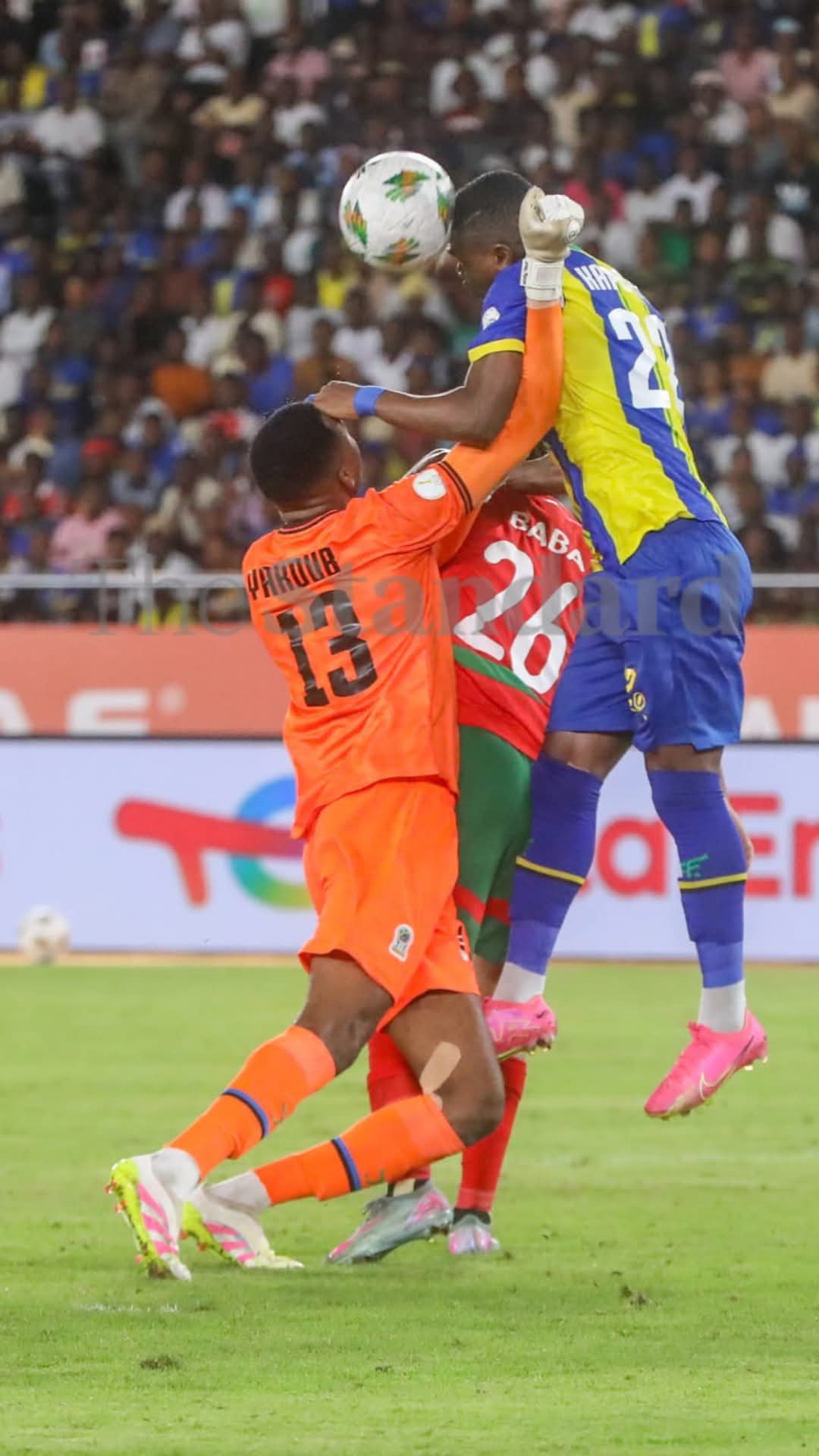
Hope and heartbreak came in the same evening for East African football. The Harambee Stars drew with Madagascar one all and then fell on post match penalties, while Tanzania lost to Morocco one nil. Both results ended the region’s dreams of a quarter final presence at CHAN and left fans and players stunned. This article examines what happened on the field, who stood out, why the results matter for Kenyan and Tanzanian football, and what should happen next.
Kenya versus Madagascar full story
Kenya took the lead and the atmosphere at Kasarani Stadium rose to fever pitch, but Madagascar drew level and the game finished one all after extra time. The tie moved to penalties and Madagascar held their nerve to win four to three from the spot, eliminating Kenya from the competition. Alphonce Omija scored for Kenya during the match and Fenohasina Razafimaharo converted Madagascar’s penalty to force extra time, before the visitors prevailed in the shootout. These events closed a campaign that had promised much for home based players but ended without the historic progression many had hoped to celebrate.
Tanzania versus Morocco full story
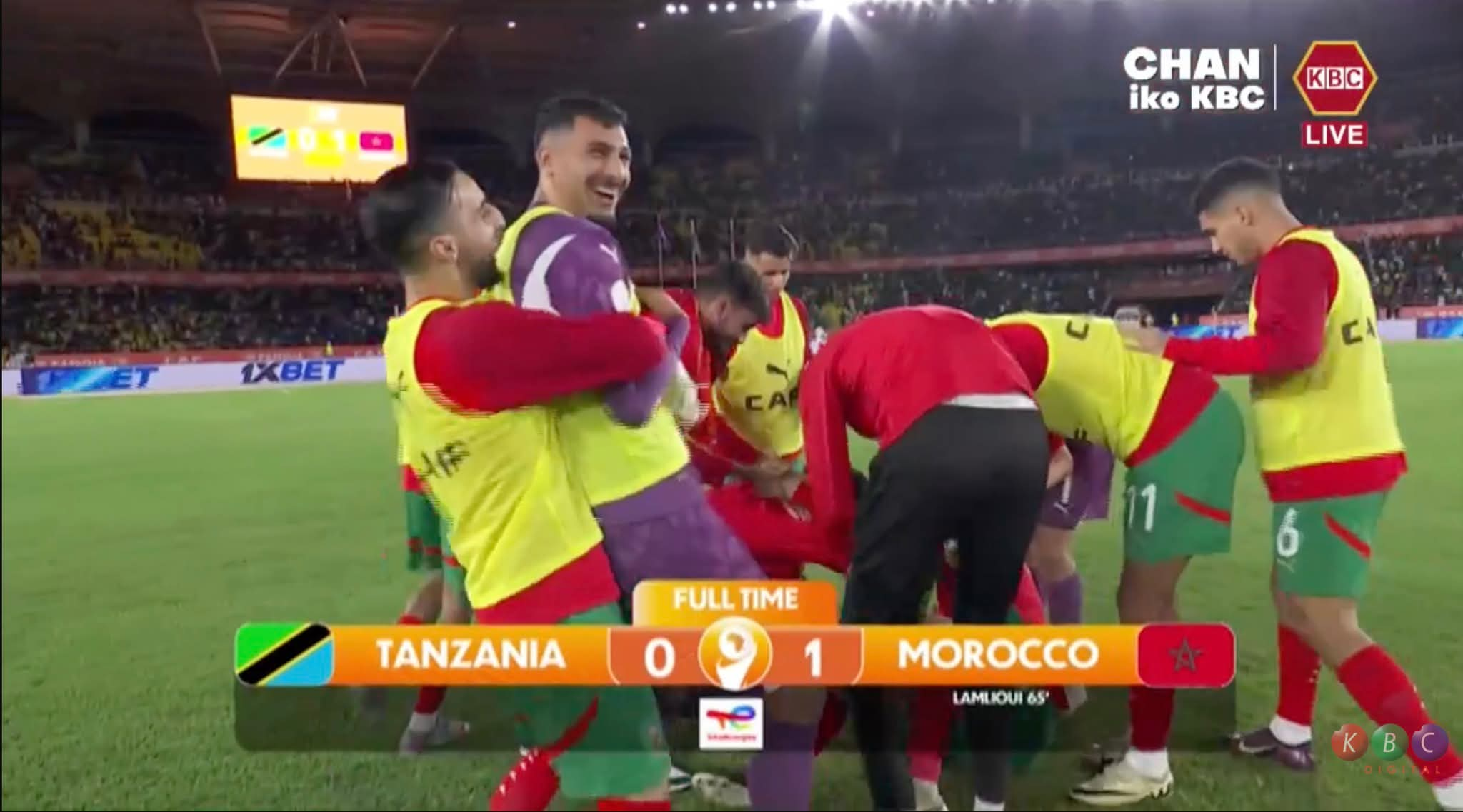
In Dar es Salaam the Taifa Stars put up a brave fight but conceded the only goal of the match midway through the second half. Morocco’s Oussama Lamlioui scored in the 65th minute to break the deadlock and that single strike proved decisive. Tanzania pressed in the final stages but could not find a response and Morocco advanced at their expense. The defeat ended Tanzania’s own run and left the home crowd with the sense that a narrow margin separated success from elimination.
Key moments that changed both ties
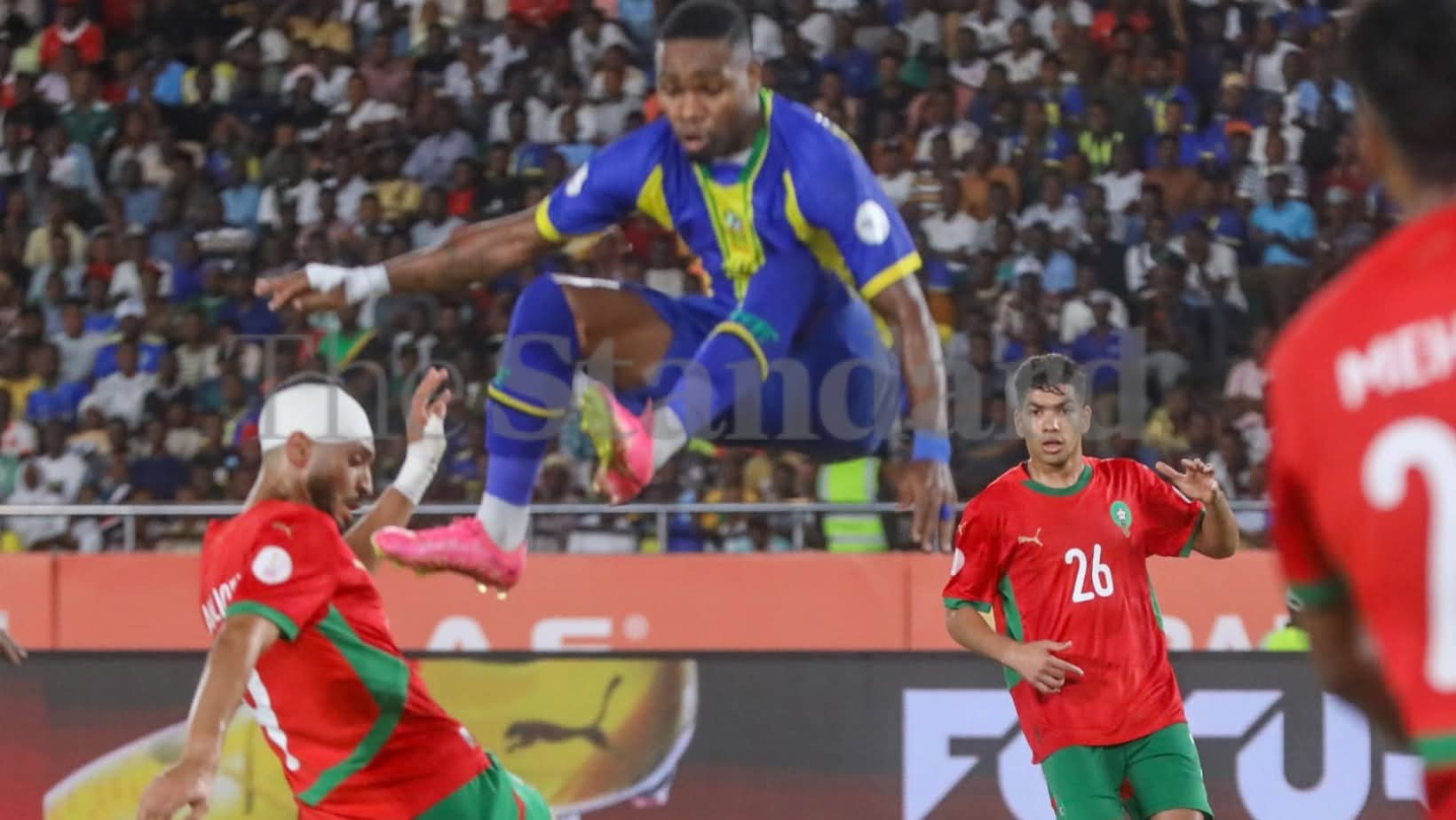
Kenya’s game swung on two moments. First, a well executed move produced the opener that suggested the Stars had the momentum. Second, conceding a penalty that Madagascar converted shifted the balance and forced the match into extra time where neither side could find the decisive finish. The shootout then delivered the cruel arithmetic of football. For Tanzania the match was decided by a single clinical strike which exploited a brief transition gap. In both games marginal choices and seconds of concentration made the difference between history and exit.
Who impressed despite the losses
Even in defeat teams revealed players worth watching. Alphonce Omija gave Kenya life with his goal and his movement troubled opponents all night. Several Taifa Stars defenders and midfielders earned praise for their work rate against a technically strong Moroccan side that showed composed game management after scoring. These individual performances will matter for club scouting and for coaches plotting longer term development for each national side.
Tactical takeaways
Both East African sides created opportunities but lacked clinical finishing in the moments that count. Kenya looked dangerous in open play but showed vulnerability from set pieces and from the penalty incident that levelled the match. Tanzania battled bravely but left too much space in transition that Morocco exploited. Coaches will point to finishing drills, defensive organization at set pieces, and better in game management under pressure as immediate priorities. Tournament football rewards ruthlessness and the fine margins here underline the need for technical polishing and sharper decision making in big matches.
National reaction and leadership support
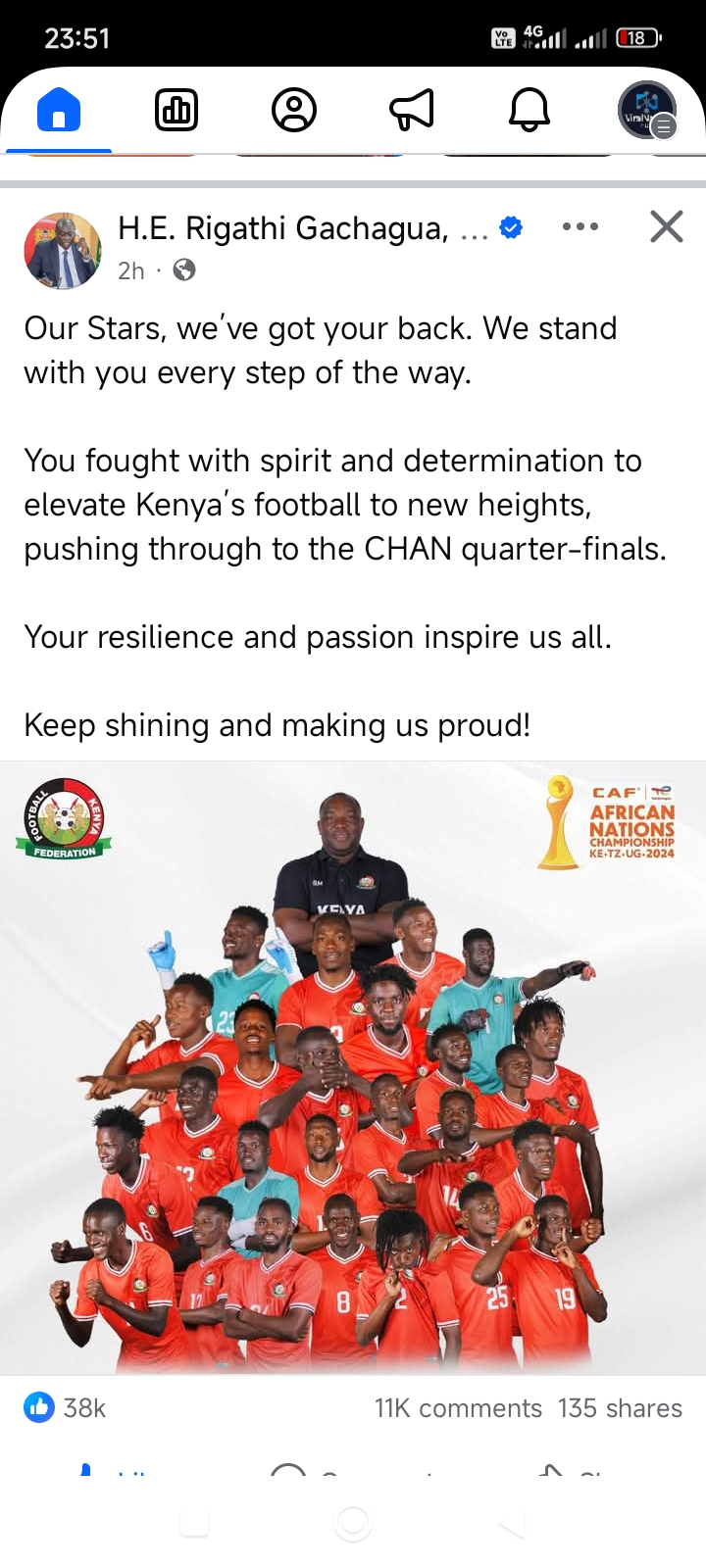
Support came quickly from leaders and fans alike. Social feeds filled with messages of consolation and gratitude for the players who gave their all. Deputy President Rigathi Gachagua posted support for the Harambee Stars saying in a public message that the nation stands behind the team and that their resilience inspires the country. That official encouragement matters for morale, but fans and pundits also want long term commitments to infrastructure, coaching and the domestic league if results are to improve sustainably.
What these exits reveal about domestic football
CHAN is a tournament for players who play in their home domestic leagues and therefore serves as a direct test of local systems. Kenya and Tanzania both showed quality but also recurring structural weaknesses. Inconsistent competitive standards at club level and gaps in coaching continuity and scouting pipelines were exposed. If national programs are to convert occasional promise into regular continental success, federations must direct resources toward youth development, coaching education and the professionalism of domestic competitions.
Practical steps to rebuild momentum
There are clear, practical responses that can be implemented quickly. First, targeted finishing and set piece programs for strikers and defenders will address the immediate weaknesses shown in both matches. Second, establish mental skills and pressure management training so players perform calmly in shootouts and in the last minutes of tight games. Third, strengthen scouting so standout CHAN performers are monitored for moves that raise their level and expose them to tougher daily competition. Fourth, federations should map a twelve month plan with transparent milestones for league improvements and coaching certifications. These are specific, actionable steps with measurable returns if sustained.
What players take from the tournament
For many competitors CHAN is a springboard. The exposure matters. Players who performed well may gain attention from clubs at home and abroad. That movement of players into stronger daily environments will help raise standards across the board. The memory of this elimination will sting, but it can also be the fuel for players who return to training with greater focus and hunger to improve their craft.
The fan perspective
Fans traveled to stadiums and filled living rooms to watch their teams. Their reaction ranged from pride to raw disappointment. For supporters the campaign mattered because it proved that the region can compete. The expectation now is that disappointment will be followed by clear action and by strategic investment rather than short term rhetoric.
Looking ahead
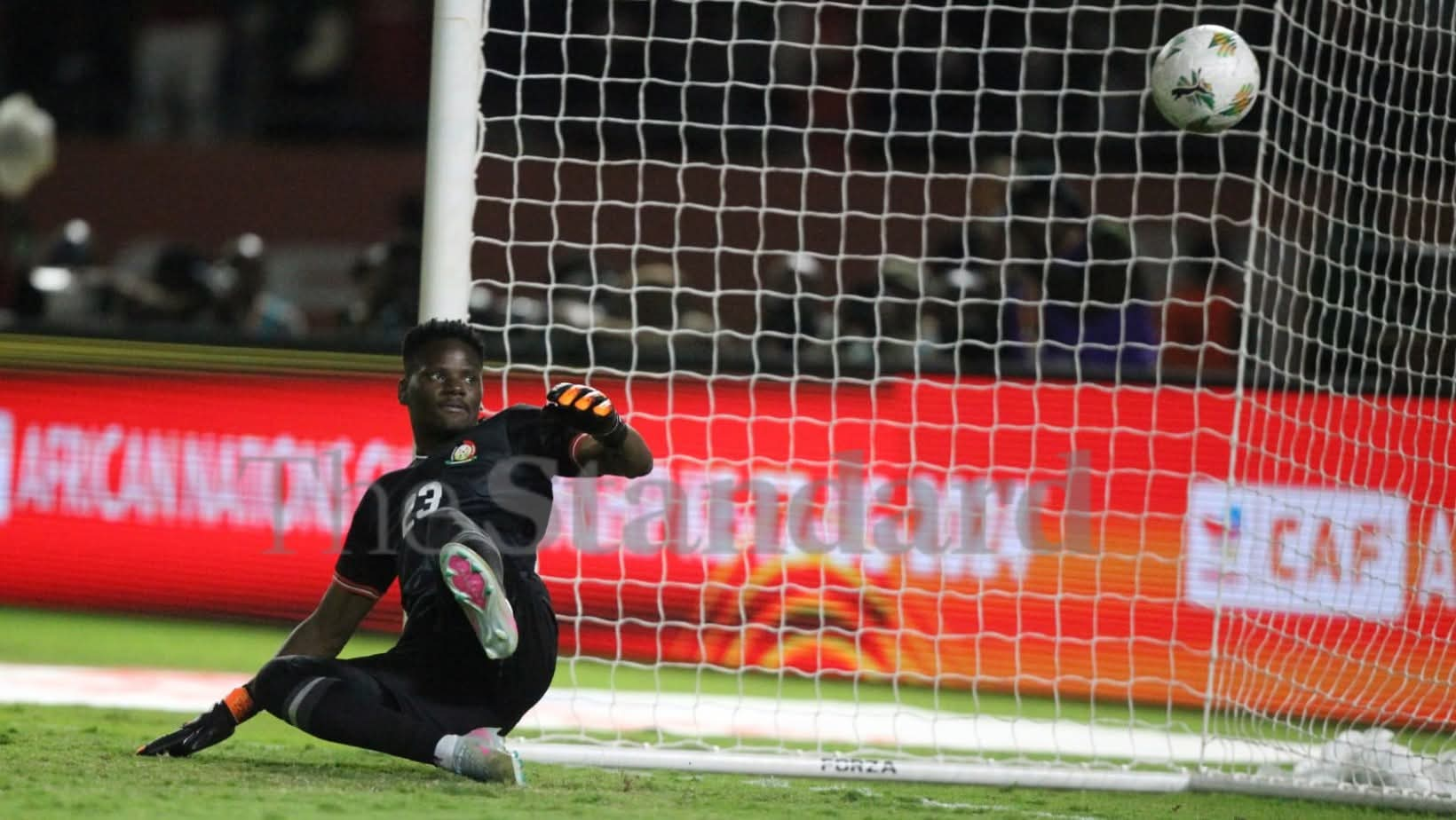
CHAN has ended for Kenya and Tanzania this cycle. The immediate weeks after the tournament are crucial. Coaches and federations often use this window to audit performance honestly, to consult technical experts, and to publicize a plan that addresses the tactical, technical and structural gaps exposed in competition. If these stakeholders respond decisively the lessons learned from these eliminations can translate into better outcomes next time.
Final note
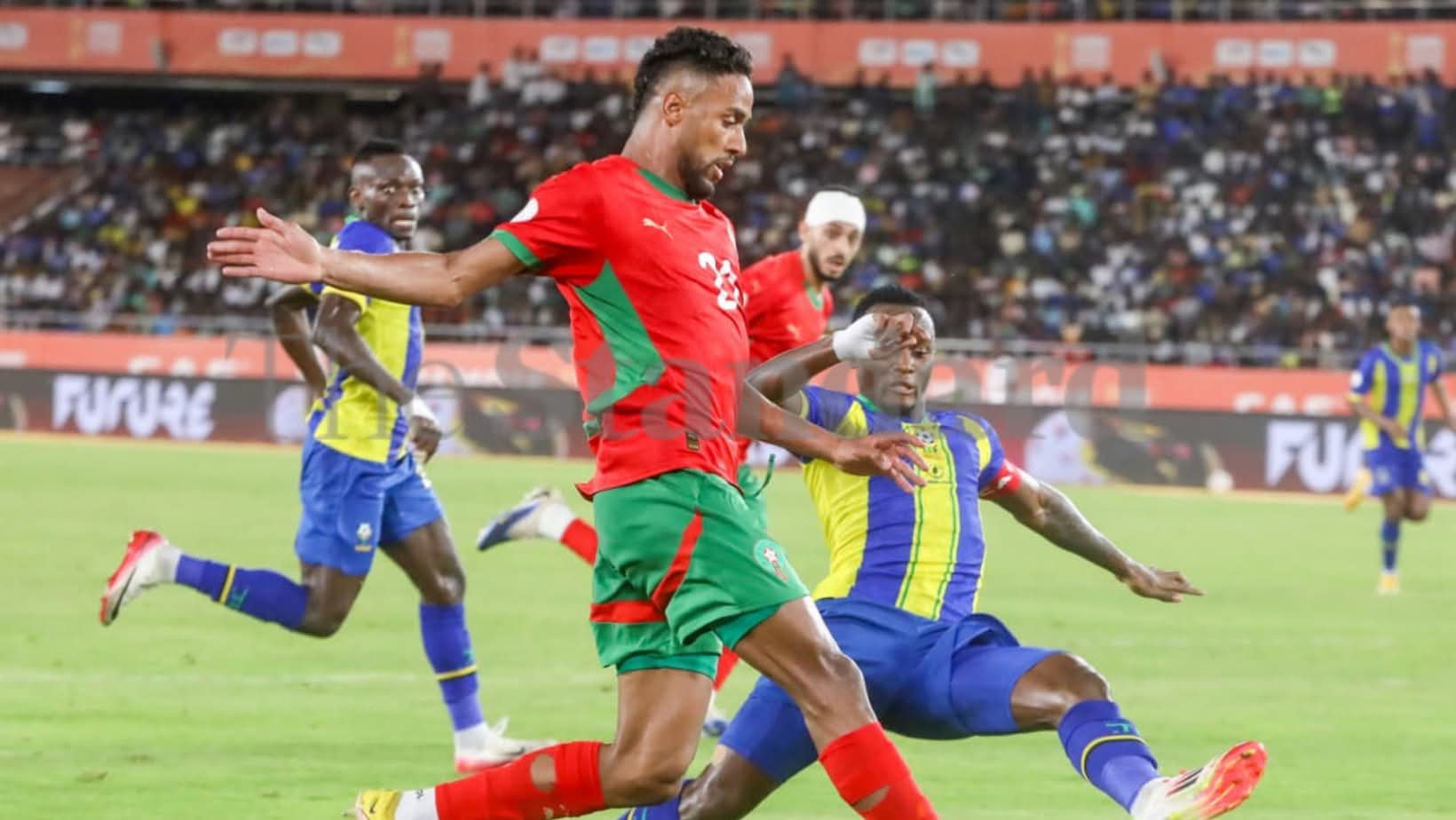
Football is a mirror of progress and of patience. Tonight the scoreboard does not reflect the potential that exists across East African football. The region’s players and fans will feel the pain of exit, but the clear path forward is known. Invest in coaching, fix the small tactical details that cost matches, and keep giving players stages to grow. When that work happens, narrow losses become milestones on the road to lasting success.

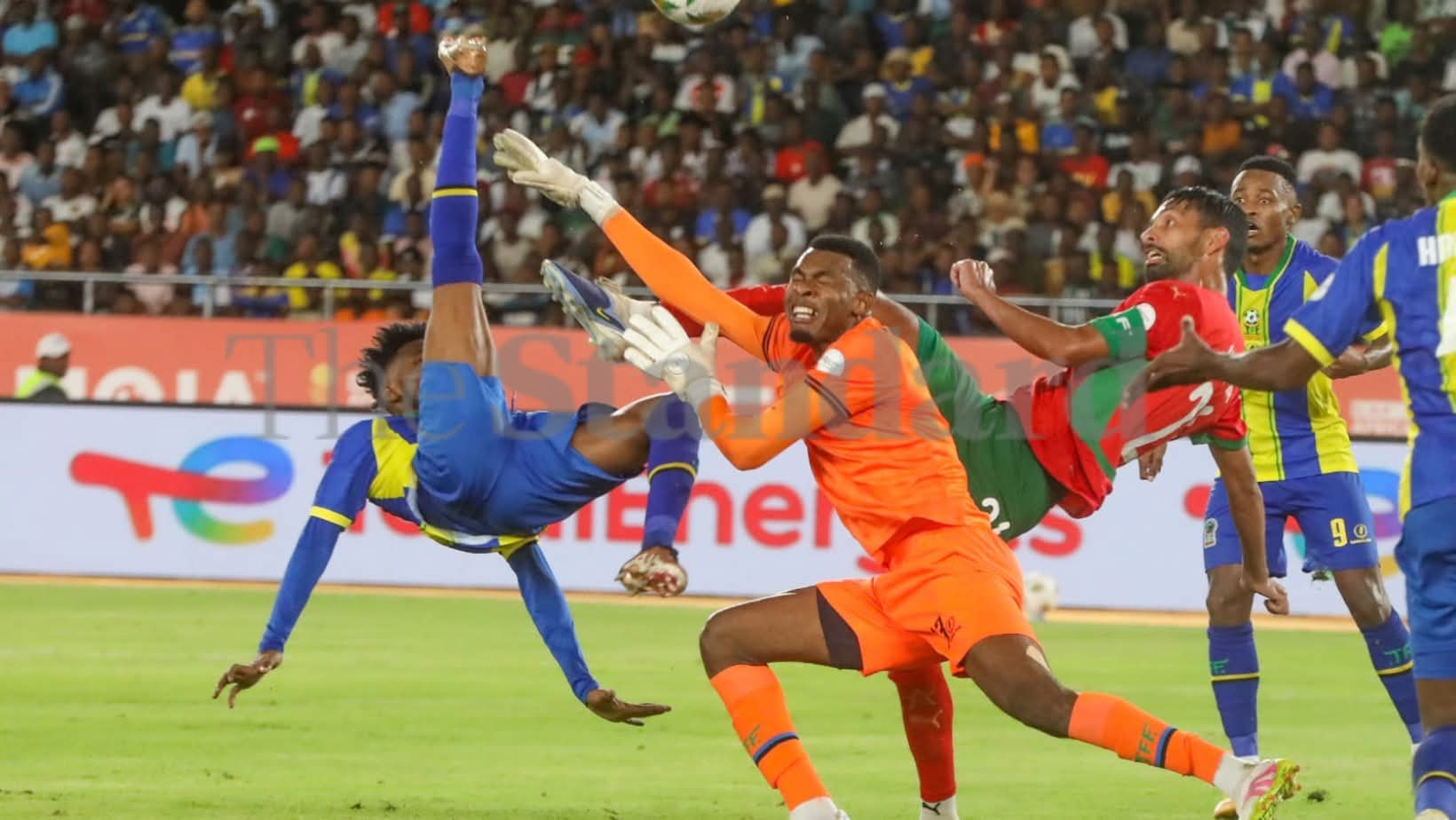
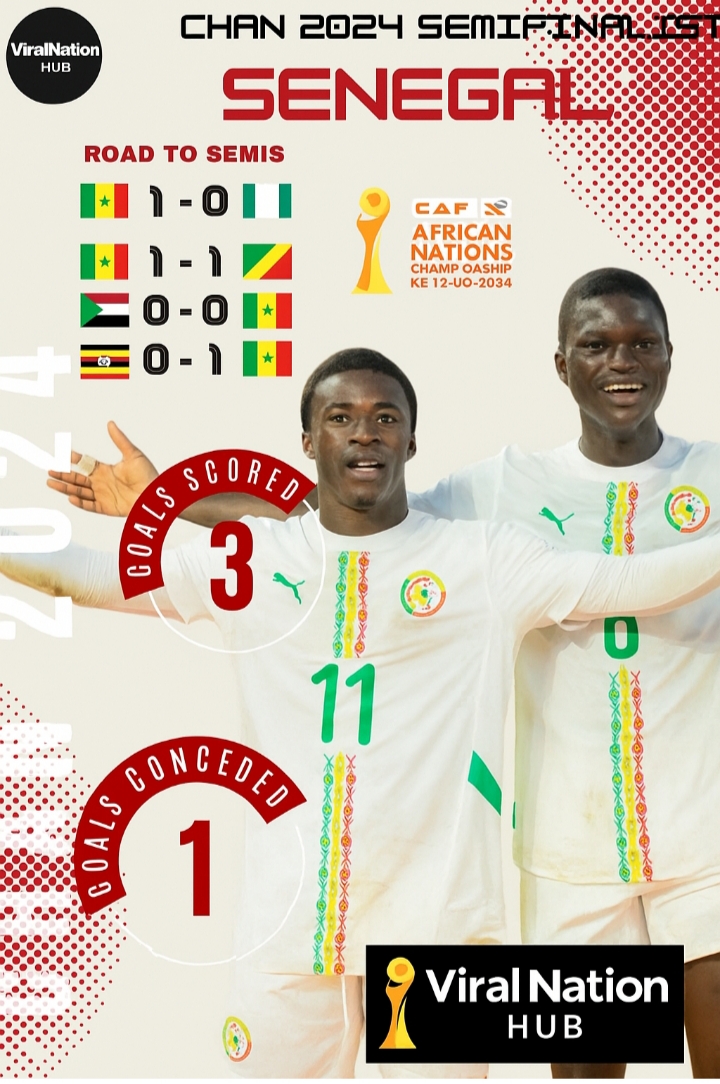

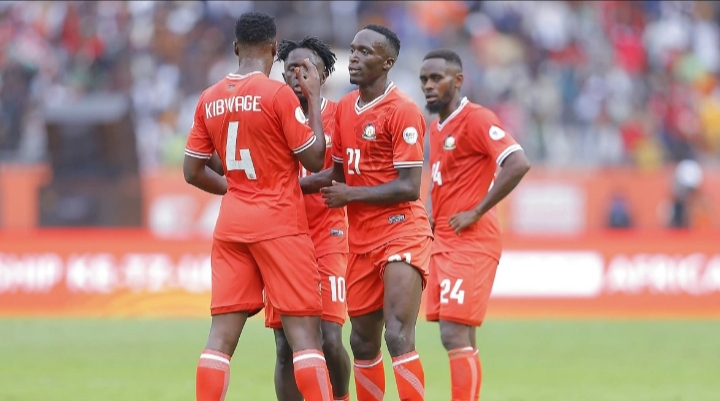


Comments (0)